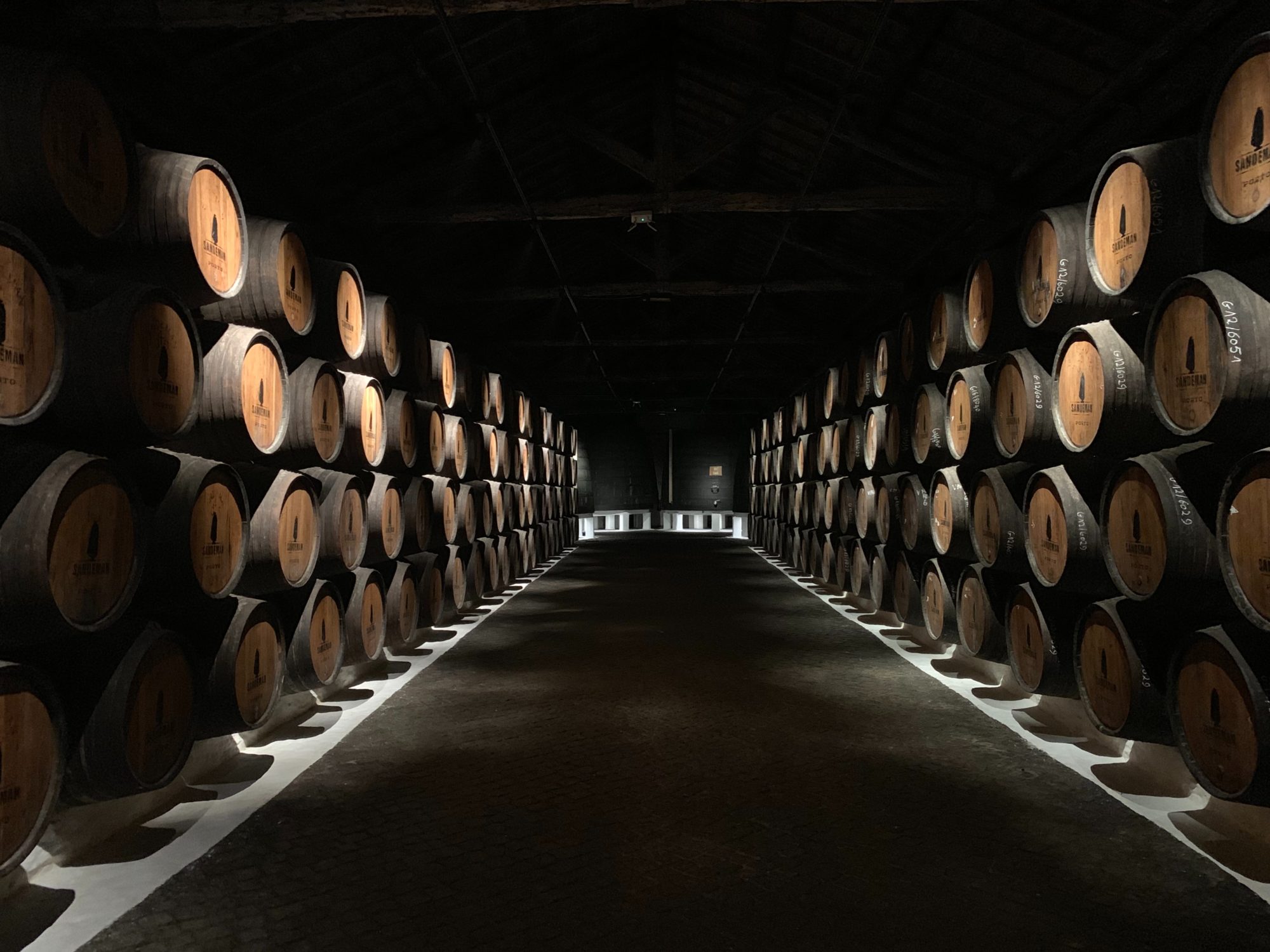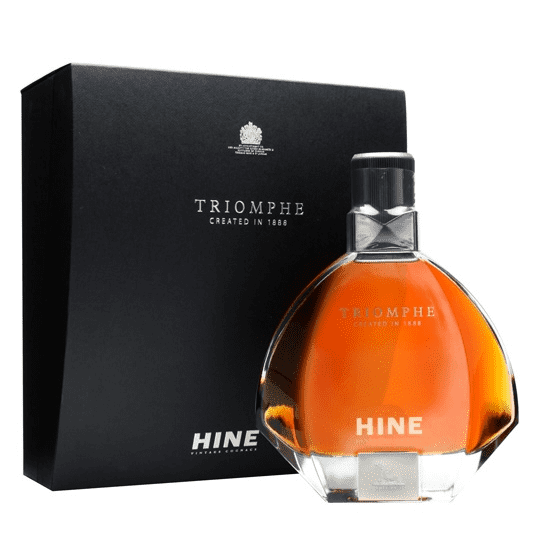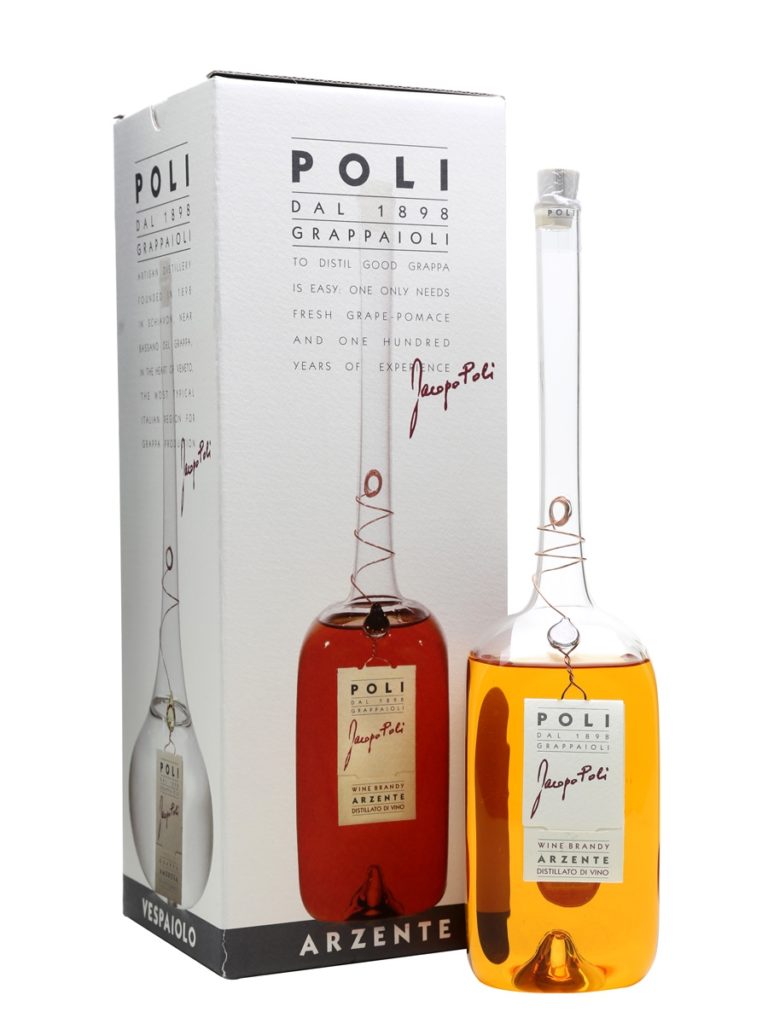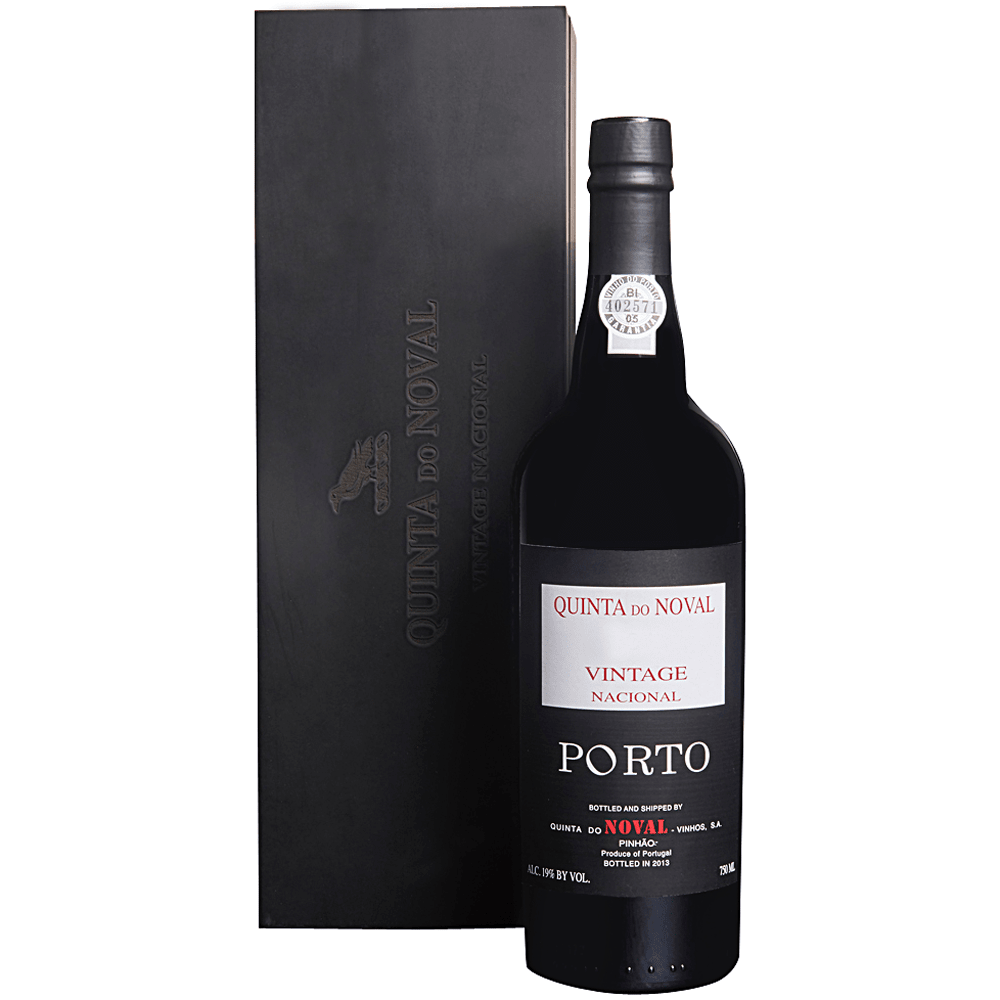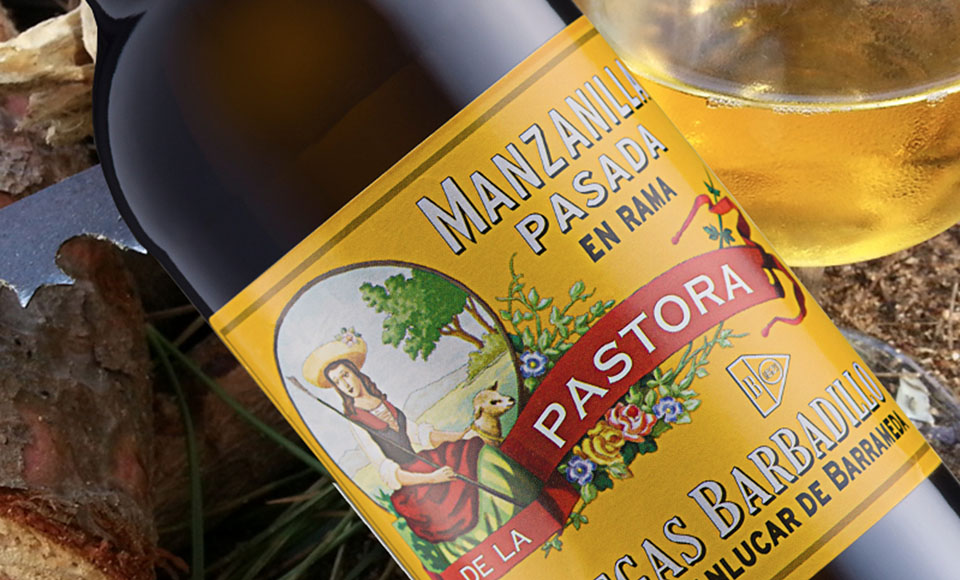After a fine meal, capping it off with a distinguished after-dinner drink is par for the course. At a 5-star restaurant, you will likely be presented with a dessert menu as lengthy with libations as the dessert offerings themselves. Whether or not you choose to indulge in dessert is your call, but clearing the palate with a divine spirit is a splendid choice.
These menus often feature brandy, cognac, port, and sherry, among perhaps some cleverly-named cocktail concoctions. We like to keep it traditional though and focus on the big 4. But what are they? Aren’t they the same?
As it turns out, the only thing these after-dinner drinks share in common is that they are made from grapes. After that, there’s a bit more to it. Here’s what you should know.
Brandy and Cognac
Brandy is made from distilled grapes and goes on to age in an oak barrel while cognac is brandy of a more prestigious sort. It’s not that brandy is something to turn your nose up at – far from it – however, cognac is aged in very prestigious barrels. On cognac, you will likely see “VS” on the label, which denotes that it is very special, having done its time aging for 2 years in oak. If you see it with “VSOP,” that means it has been aged for the last 4 years within an oak barrel. A denotation of “XO” means it has aged over 6 years in an oak barrel and is one of the most prestigious offerings.
Both brandy and cognac are best enjoyed in a snifter, however, with the XO cognacs, you should always serve it at room temperature, always neat.
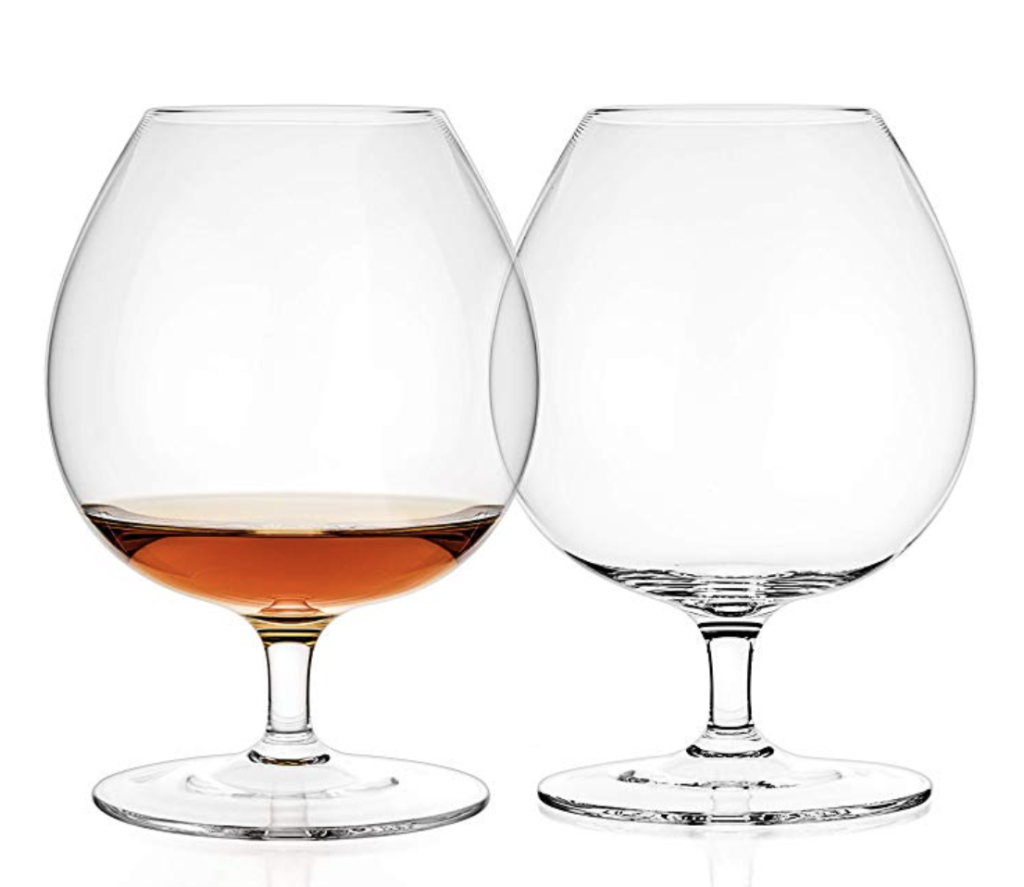
Port
Port is a fortified wine that has alcohol added in instead of using the distilling of whole grapes. These come from the Douro Valley in northern Portugal. While other European places have gone on to making port, it is typically only called as such when its origins are from Portugal. It dates back to the 17th century. It is very sweet and should be served at room temperature in a port wine glass, which is smaller than a traditionally-sized wine glass.
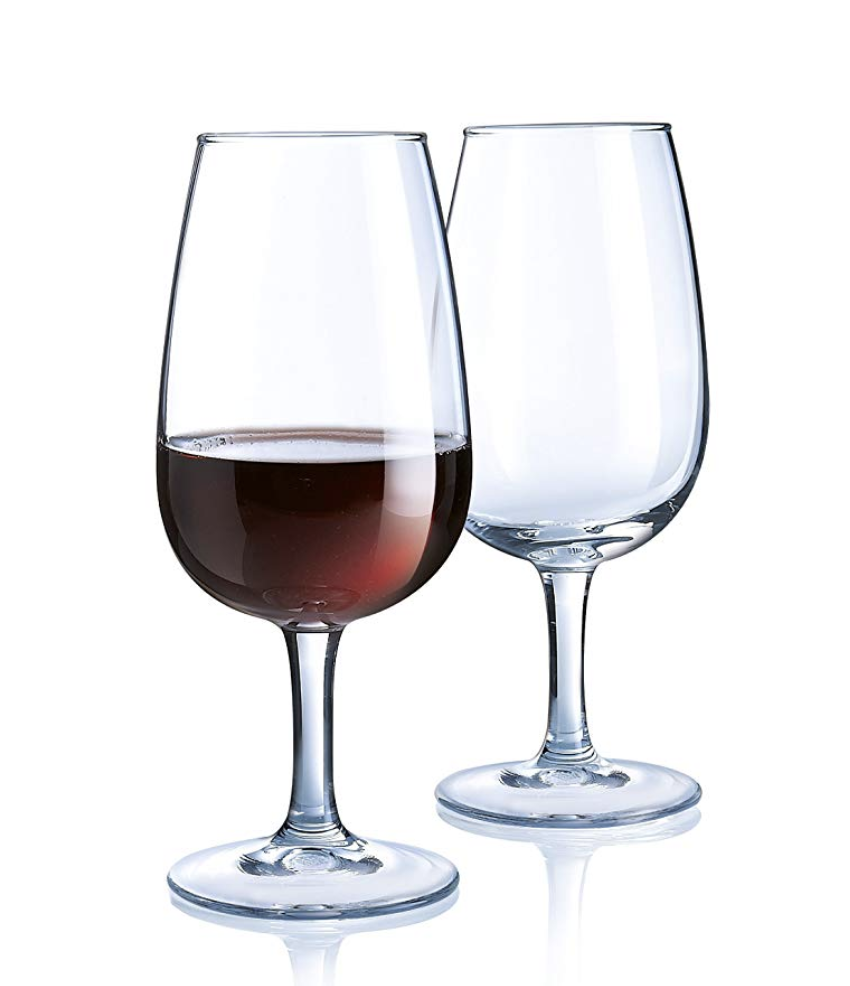
Sherry
To truly be called sherry, this fortified wine must come from Spain. It is made when white wine is fermented, rendering it dry. Then alcohol is added to fortify it and it ages in an oak barrel. Some sherries are sweeter than others. A sommelier can help you pair it perfectly with your dessert selection. Sherry can be served at room temperature or chilled. It is served in a sherry glass, which is another glass that looks like a smaller version of a wine glass. Sherry has the brilliant distinction of being perfectly pairable with lighter meals as well, like plates of fine cheeses and cured hams.
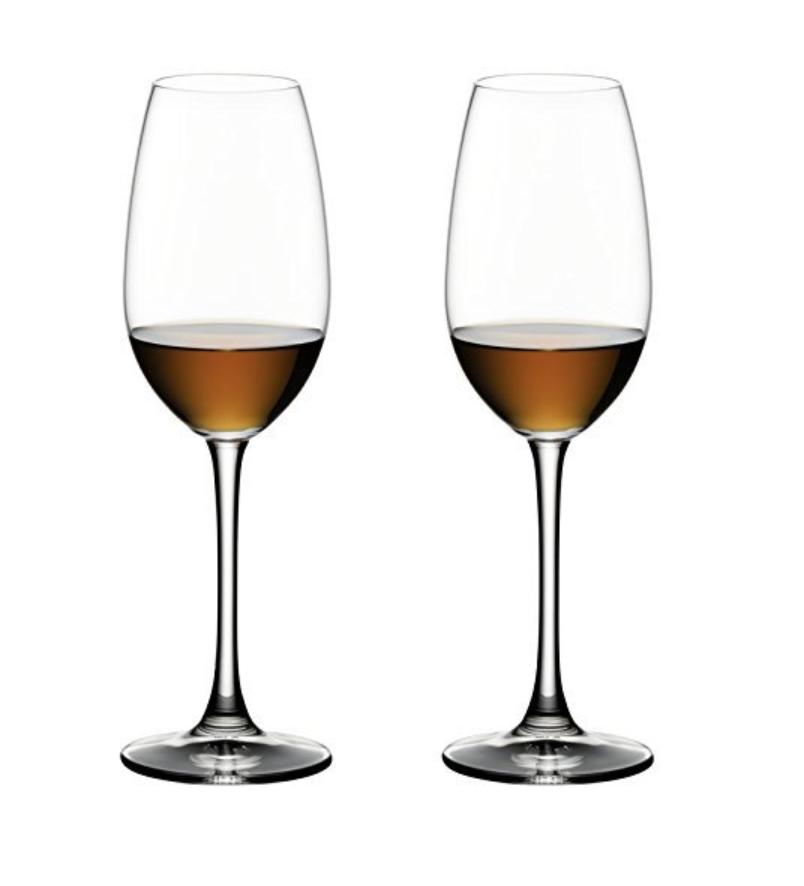
Curious for a taste of these delightful drinks? We recommend the following:
Hine Triomphe Cognac, a 50-year-old cognac with notes of caramel and candied orange peel.
Poli Arzente Brandy, fine and delicate with a smooth appeal.
Quinta Do Noval Vintage Nacional Porto, rich with fig and jam, like a divine Christmas pudding.
Barbadillo Manzanilla Pasada En Rama de la Pastora, made from one of the most renowned sherry producers, featuring an apple taste with a soft brioche and buttery accent.


